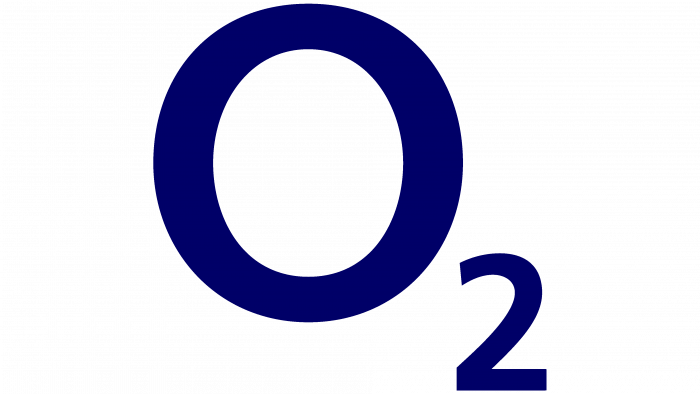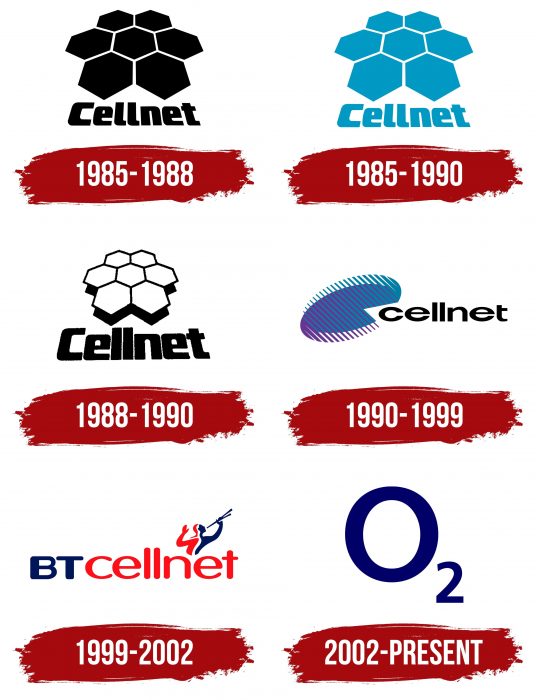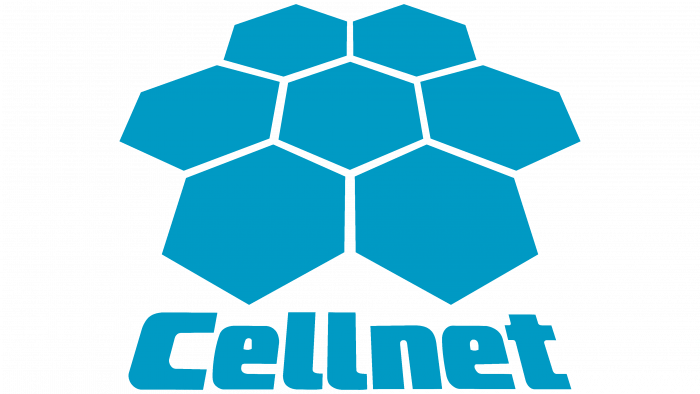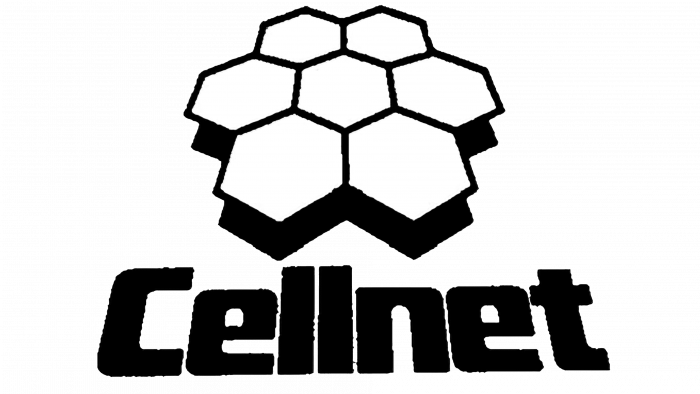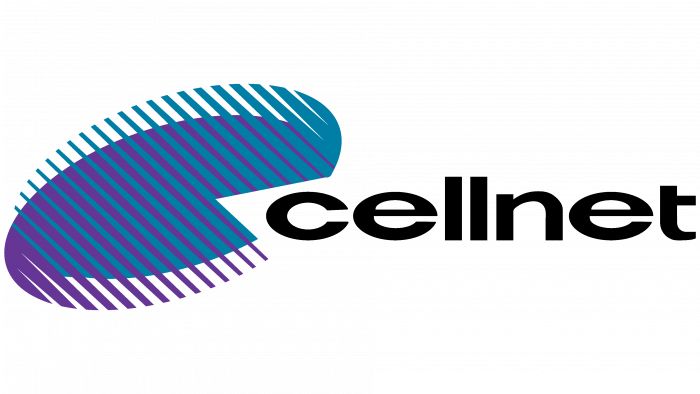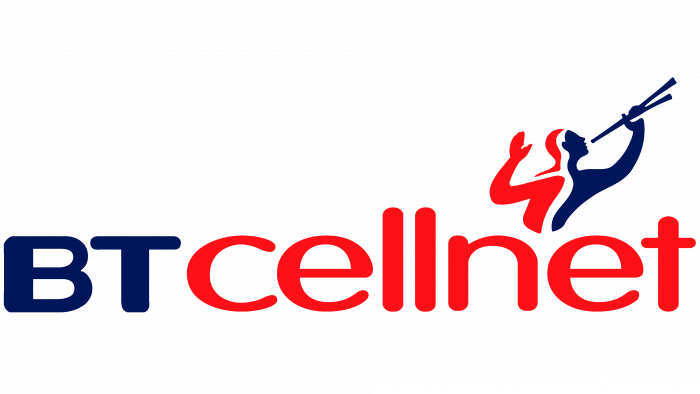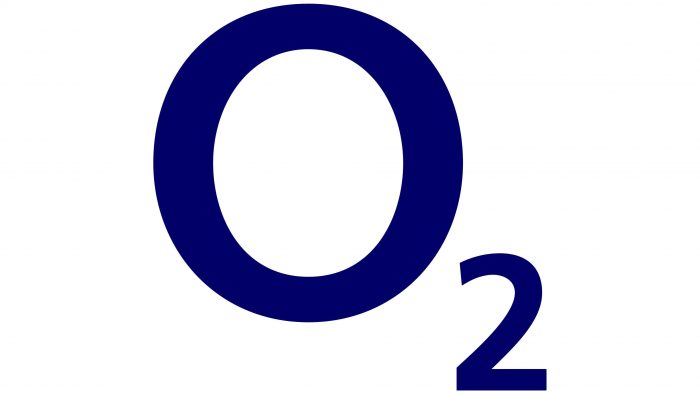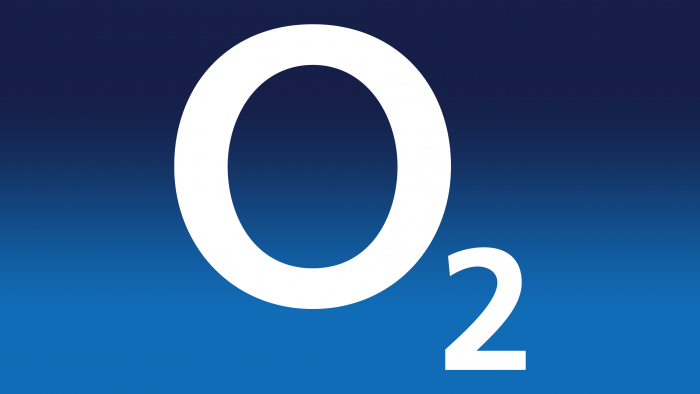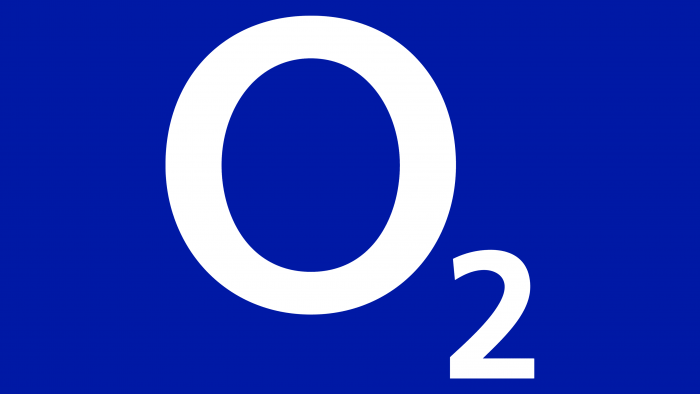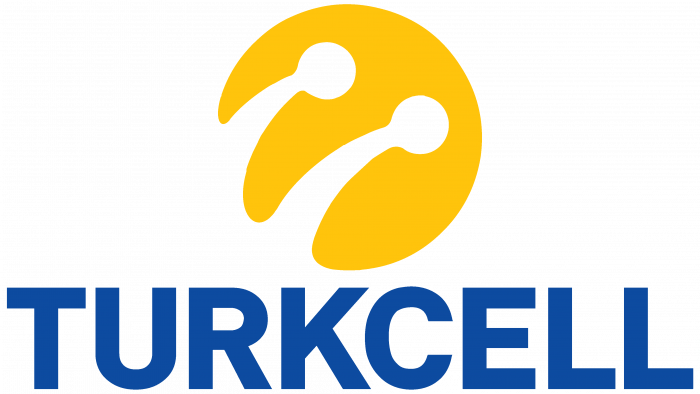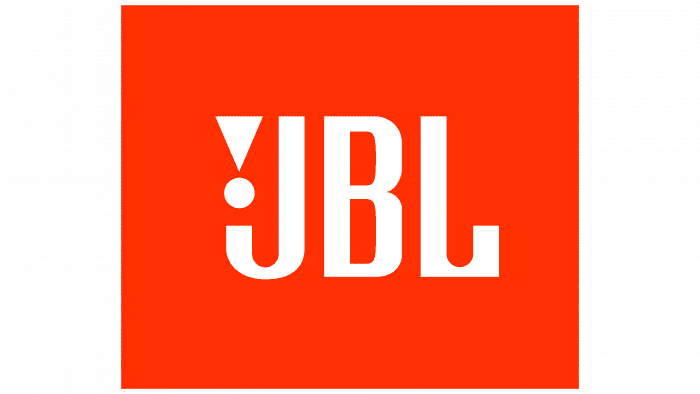Communication between people is like oxygen, says the O2 logo. – It is necessary to maintain life and transmit important information. The emblem shows that the operator unites people and multiplies the connections between them.
O2: Brand overview
| Founded: | 7 January 1985 |
| Founder: | John Carrington |
| Headquarters: | Slough, England, UK |
| Website: | o2.co.uk |
Meaning and History
The constant changes that took place in the history of this company could not but affect its identity. This is associated with frequent logo updates – the telecommunications service provider tried to make its style more memorable and chased the current trends, experimenting with graphics and color palettes. However, its last sign cannot be called anything unusual: it looks like standard blue lettering.
What is O2?
O2 is a brand under which the Spanish company Telefónica provides telecommunication services in the United Kingdom, Slovakia, Germany, and the Czech Republic. It was established in 2001. O2 offers mobile connectivity, television, and broadband internet and actively develops new technologies.
1985 – 1990
From its inception until 1990, O2 (UK) was called Cellnet Ltd. and was known for its blue honeycomb logo. The designers have combined seven hexagons, laying them out in the form of a honeycomb: one in the middle, and the rest on the sides, at an equal distance from each other. At the bottom was the word “Cellnet” in a bold, vertically drawn sans-serif font.
Both the lettering and the drawing seemed to be tilted back. This impression was created due to the violation of proportions: the lower elements were larger than the upper ones; therefore, they were perceived as the foreground.
1985 – 1988
In parallel with the blue emblem, there was another one – a black one. She was her exact copy, except for the changed color.
1988 – 1990
In 1988, the all-black logo was replaced by a three-dimensional black and white version. The octagons turned white, and the spaces between them darkened. There is also a small black shadow under the combs.
1990 – 1999
After 1990, the company updated the logo but retained the “Cellnet” label because it continued to be called that way. At the same time, the designers changed the font and converted all letters to lowercase. The graphic sign acquired a violet-blue color with a gradient and became like two ovals, consisting of diagonal lines and superimposed on one another.
1999 – 2002
In 1999, the telecommunications service provider was partially taken over by the BT Group and received the name BT Cellnet Ltd., which remained relevant until 2002. During this period, it used an unusual and very colorful logo depicting the upper part of the human body. This look was taken from the BT logo designed in 1991 by Wolff Olins. The original character was nicknamed The Piper because he was holding a pipe.
The new name of the company was written at the bottom in letters of the same height. In this case, the first part (“BT”) was in the upper case, and the second (“cellnet”) – in the lower case. The colors were also different: the developers combined a dark blue and a rich shade of red. The font has got rounded corners.
2002 – today
In 2001 BT Cellnet spun off from the BT Group under the brand name mmO2 plc. The current name O2 was obtained in 2002 after the restart of the organization. The brand name became the basis for the new logo. The designers made it dark blue and placed it on a white background.
O2: Interesting Facts
O2 is a major player in the UK’s mobile service scene, with a history of innovation and growth.
- Beginnings: Starting as Cellnet in 1985 through a partnership between BT Group and Securicor, it was one of the UK’s first mobile networks. It transformed into O2 after several branding and technological updates.
- Becoming O2: In 2002, Cellnet rebranded to O2, marking a new focus on customer service and a user-friendly approach.
- Telefónica Acquisition: In 2005, Spanish telecom giant Telefónica bought O2 for £18 billion, integrating it into a global network operating in many countries.
- Tech Innovations and Partnerships: O2 has led the launch of 4G and 5G networks in the UK and partnered with companies like Apple for the iPhone’s debut.
- The O2 Arena: As part of its rebranding, O2 got naming rights to the Millennium Dome in 2007, turning it into a top global entertainment venue.
- Environmental Efforts: O2 is committed to sustainability, working to reduce waste, boost energy efficiency, and support recycling.
- Customer Loyalty Programs: Since 2011, the O2 Priority Moments program has offered exclusive deals and event tickets, enhancing customer benefits.
- Network Sharing with Vodafone: In 2012, O2 and Vodafone agreed to share infrastructure to expand 4G coverage faster and more efficiently across the UK.
- Merger with Virgin Media: Announced in 2020, O2’s £31 billion merger with Virgin Media aims to strengthen its position in telecommunications and media in the UK.
O2’s story reflects its vital role in telecoms, showcasing a tradition of innovation and strategic growth within and beyond the UK.
Font and Colors
The honeycomb, which was featured in the early emblems of a telecommunications service provider, symbolized the possibility of communication at any time. They were the graphical embodiment of cellular communications. The new badge reflects the company’s trade name and looks like the chemical formula of the oxygen molecule. This is a hint that O2 (UK) is as irreplaceable as air.
To make the inscription visible, the designers chose a bold font. Judging by the number “2”, this is the sans-serif version. The main color is blue, and it can be used both for the logo itself and for the background, alternating with white. It is associated with oxygen.
O2 color codes
| Dark Navy Blue | Hex color: | #000068 |
|---|---|---|
| RGB: | 0 0 104 | |
| CMYK: | 100 100 0 59 | |
| Pantone: | PMS 2745 C |
